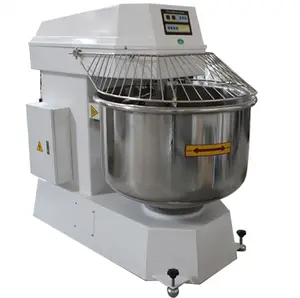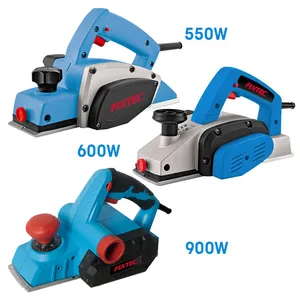Popular in your industry




























































Related Searches:







































































































































Top categories
About woodworking power tools
Woodworking tools are devices designed to facilitate and optimize the different processes involved in working with wood. These tools can range from simple hand tools, such as hammers and chisels, to more complex and specialized machinery that allows for more precise and efficient work. Some of the most common woodworking tools include hand saws, power saws, drills, screwdrivers, planes, sanders, and routers, among others. Each of these tools performs a specific function, and their use will depend on the type of work to be carried out and the desired results. In recent years, the use of power tools in woodworking has become increasingly popular, as they offer greater speed, precision, and versatility in performing various tasks. From cutting and shaping wood to joining parts and finishing surfaces, power tools have revolutionized the woodworking industry.
Types of woodworking power tools
Table saws are one of the most common power tools in woodworking. They consist of a circular blade mounted on an arbor, which protrudes through the surface of a flat table. This tool is used to make accurate and straight cuts in wood, making it essential for tasks such as cutting boards or panels. A variant of the table saw is the portable or benchtop table saw, which, as its name suggests, is designed to be easily transported and placed on a workbench or table. This type of saw is ideal for small workshops or job sites with limited space. A table saw is a versatile tool that can be used in various woodworking projects, from building furniture to making intricate wood joints.
Wood planers are another essential power tool in woodworking. They are used to shave and smooth the surface of wooden boards, creating a uniform thickness and removing imperfections such as knots or roughness. This tool is crucial for preparing wood for further processing, such as joining or finishing. Depending on the type of planer, it can be used for different tasks. For example, a thickness planer is ideal for achieving a uniform board thickness, while a hand planer allows for more precise and detailed work in small areas. A jointer is a woodworking machine designed to create a flat surface along the edges of a board. This tool is essential for ensuring that the edges of two or more boards are perfectly aligned, which is crucial for creating strong and seamless joints.
Pros and cons of using woodworking power tools
Using woodworking power tools offers many advantages, such as increased efficiency and productivity. These tools are designed to perform tasks quickly and accurately, saving time and effort. Additionally, power tools often have features that allow for more precise and consistent results, contributing to the overall quality of the work. In terms of safety, many power tools are equipped with mechanisms to prevent accidents, such as blade guards and automatic shut-off systems. These safety features help reduce the risk of injuries in the workshop. On the downside, woodworking power tools can be expensive, especially for professional-grade models. Additionally, the learning curve for using some power tools, such as routers, may be steeper than that of traditional hand tools. This requires proper training and practice to master their use.


























































